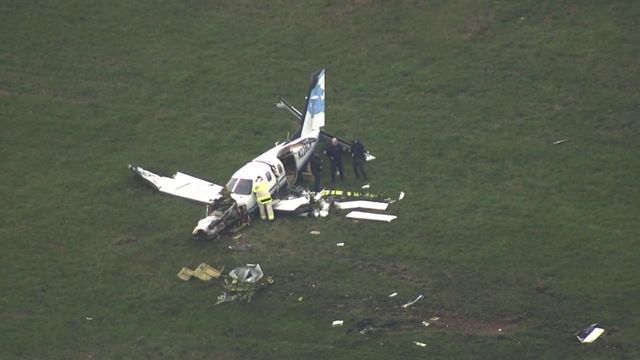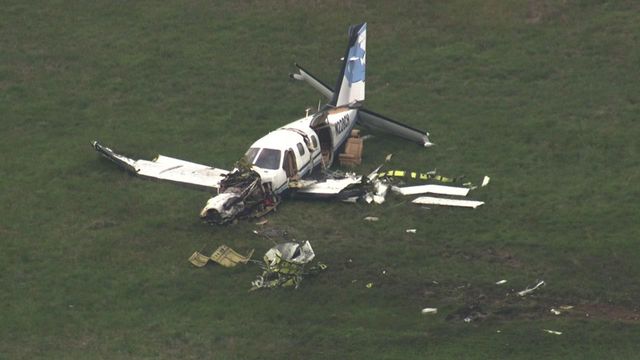How digital dentistry is advancing the field and benefiting patients

This article was written for our sponsor, Chapman Implant & Comprehensive Dentistry.
Digital dentistry is changing the dental experience as we know it. Through new innovative technologies, dental procedures are becoming safer, faster, and more effective.
As digital dentistry continues to spur new avenues for dentistry to grow and improve, patients in need of dental care can benefit greatly from offices that employ the latest technology. At Raleigh's Chapman Implant & Comprehensive Dentistry, for example, Dr. Laurie Chapman is using digital dentistry for everything from X-ray scans and impressions to implants and veneers.
"We use the digital X-rays every day for routine checkups to check for cavities or any oral disease. Then the dental cone beam CT (computed tomography) can also be used to create a 3D model of the teeth, the bones, and everything around it — which we can use for both diagnostic purposes and guidance for implant procedures," said Chapman. "The intraoral scanner is also really interesting in and of itself in that it does a number of things for me. Oftentimes instead of taking a really gooey impression or a "doughy" impression, we can do digital scanning, which is as accurate, if not more accurate, than a regular impression."
In the past, dentists would have to use a sticky, elastic material to take molds of teeth — a difficult experience for patients with a strong gag reflex — but the digital scanner now makes the process quick and painless. The intraoral scanner also allows Chapman to use near-infrared imaging, which can detect cavities that are in between teeth based solely on frequency. It doesn't always take the place of a full X-ray, but this method gives dentists a better idea of what areas need to be more closely examined.
Through the digital X-ray scans, cone beam CT, and a digital intraoral scanner, Chapman is able to improve not only the patient experience, but also the longevity of dental work.
"With digital scans, we can get a more accurate impression through that technology. Not only that, but these images are all emailable and storable in the cloud, so you don't ever have to worry about an impression getting lost or needing to be retaken — just from the cloud, we can back up those scans and even print 3D models," said Chapman. "As far as saving money in the long-term, it can be more economical to do a digital impression, and it can also save you time since you don't have to worry about inaccuracies."
For patient Libby Green, the contrast between traditional dentistry and digital digital is stark. Green transitioned to becoming a patient of Chapman's after her former dentist — who occupied the building Chapman is in now — retired.
After having procedures done with more traditional techniques as well as procedures using digital dentistry, Green has first-hand experience with the benefits of the latter.
"The equipment Dr. Chapman has is just so different — even the chair is nicer. It's a lot more high-tech, and something as simple as the way they do X-rays is totally different," said Green. "I had implants done at my previous dentist and subsequently had problems with it, which is a big reason why I didn't want to get another implant. I wasn't scared, but I was pleasantly surprised that it ran so much smoother with Chapman, and there wasn't very much pain, either."
With her previous implant, Green had to repeatedly go back to her dentist to fix issues with infections and complications. Thanks to the application of digital dentistry in her newer implants, she hasn't had any problems.
"The biggest reason an implant fails is because it was actually not ideally placed, whether it's not quite aligned straight up and down or placed a bit crooked," said Chapman. "The cone beam CT allows us to get a very ideally placed implant through 3D guidance, which helps the implant last as long as possible."
Through being able to show a patient 3D scans and prints of what an implant might look like and how their teeth will change, digital dentistry helps reduce some of the anxiety that comes along with serious dental procedures.
In just the past ten years, digital dentistry has already made leaps and bounds in increasing the effectiveness and capabilities of dental work. While Chapman can't predict what the next new innovation will bring, she's excited to see how technology will further improve the field.
"I'm always curious to see the possibilities that are going to open up in dentistry in the next five or ten years, because most of the technology we have now is pretty new. When I graduated dental school ten years ago, we definitely did not have the cone beam CT or digital scanning," said Chapman. "I do feel like digital dentistry can really accelerate what's possible in the field and for patients, and it's going to be exciting to see what happens within the next few years."
This article was written for our sponsor, Chapman Implant & Comprehensive Dentistry.











